Leverage Sovablu’s AI agents to create and deploy complex enterprise applications 8 to 20 times faster.

Use AI agents combined with no-code tools to create complex, scalable, Cloud-native enterprise applications for a wide range of use cases.

Drag and drop smart components in a powerful UI designer to build complex application interfaces.

Use a highly intuitive & powerful flowchart-based approach to easily define complex logic for business applications.

Use a comprehensive data modeling framework to design high-performance data structures.
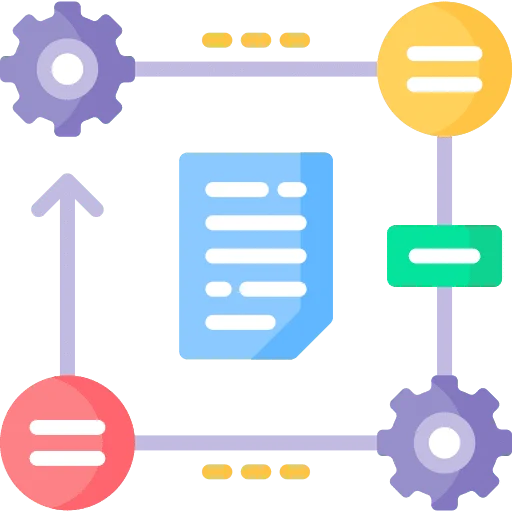
Integrate smart & highly configurable workflows easily into any business application within minutes.

Create & use secure APIs and other methods to integrate with external applications and eco-systems.

Deploy new apps or updates to the Cloud with a single click, or roll back to an earlier version with minimal impact on end users.

Integrate AI technologies like ChatGPT, Gemini and others into your applications without writing any code. Use custom data sets for the AI model.
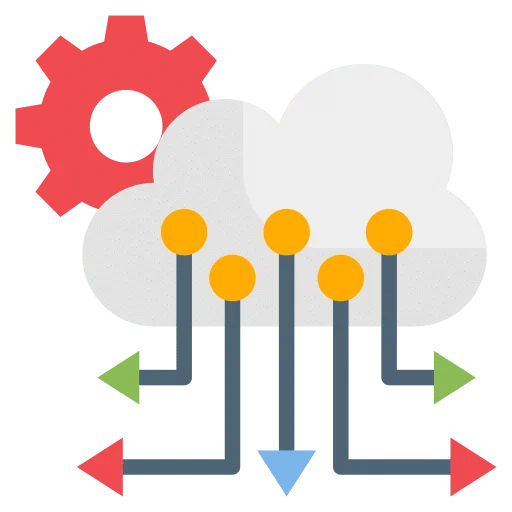
Manage your Cloud infrastructure and system environments easily from within the platform.

Localize created applications easily and centrally to support any number of languages.

Design and generate complex reports in multiple languages based on the applications created on the platform.
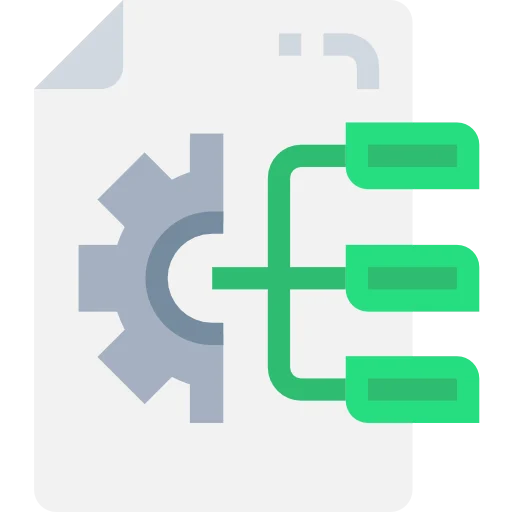
Create batch processes visually and configure custom scheduled jobs based on specific triggers.

Use the platform’s advanced monitoring & logging tools to track application performance and fine-tune configurations.

Create applications that work seamlessly on various platforms like desktop PCs, tablets and other mobile devices.
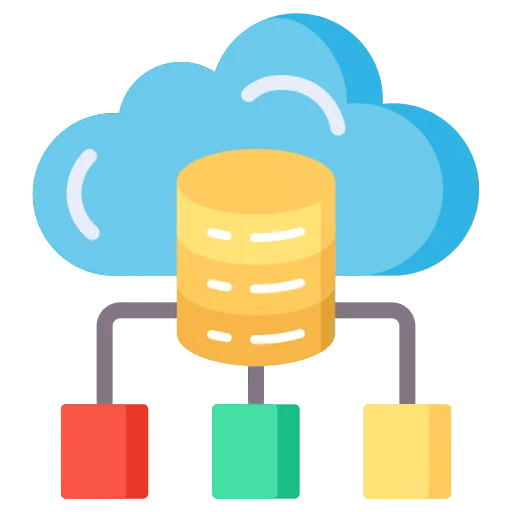
The platform runs on a highly scalable, future-focused, open architecture for high-performance use cases.
Trusted and secured environment to create enterprise applications and process data with peace of mind.

All you need is a clear understanding of your application’s requirements. Simply describe what you need in plain language, and Sovablu’s AI agents will handle the rest.

Sovablu uses advanced AI and its built-in tools to understand your instructions, translate them into technical requirements, and automatically build the application’s business logic.

Whether it’s a simple task tracker, a medium-complexity workflow, or a sophisticated business solution, Sovablu’s AI agents adapt to your needs to unlock limitless possibilities.

Describe your system requirements in natural language, and Sovablu’s Solution Agent will generate a complete application automatically, which you can then refine and customize to your specific objectives.

Sovablu’s Data Agent uses advanced AI and its built-in tools to understand a table design or database design document, and automatically build the application’s business logic.

Whether it’s a simple task tracker, a medium-complexity workflow, or a sophisticated business solution, Sovablu’s Logic Agent interprets your natural language instructions and generates the business logic for your application.

Sovablu’s Layout Agent can generate user interfaces based on provided specifications like UI design samples, layout wireframes, application screenshots, or even hand-drawn UI mockups.
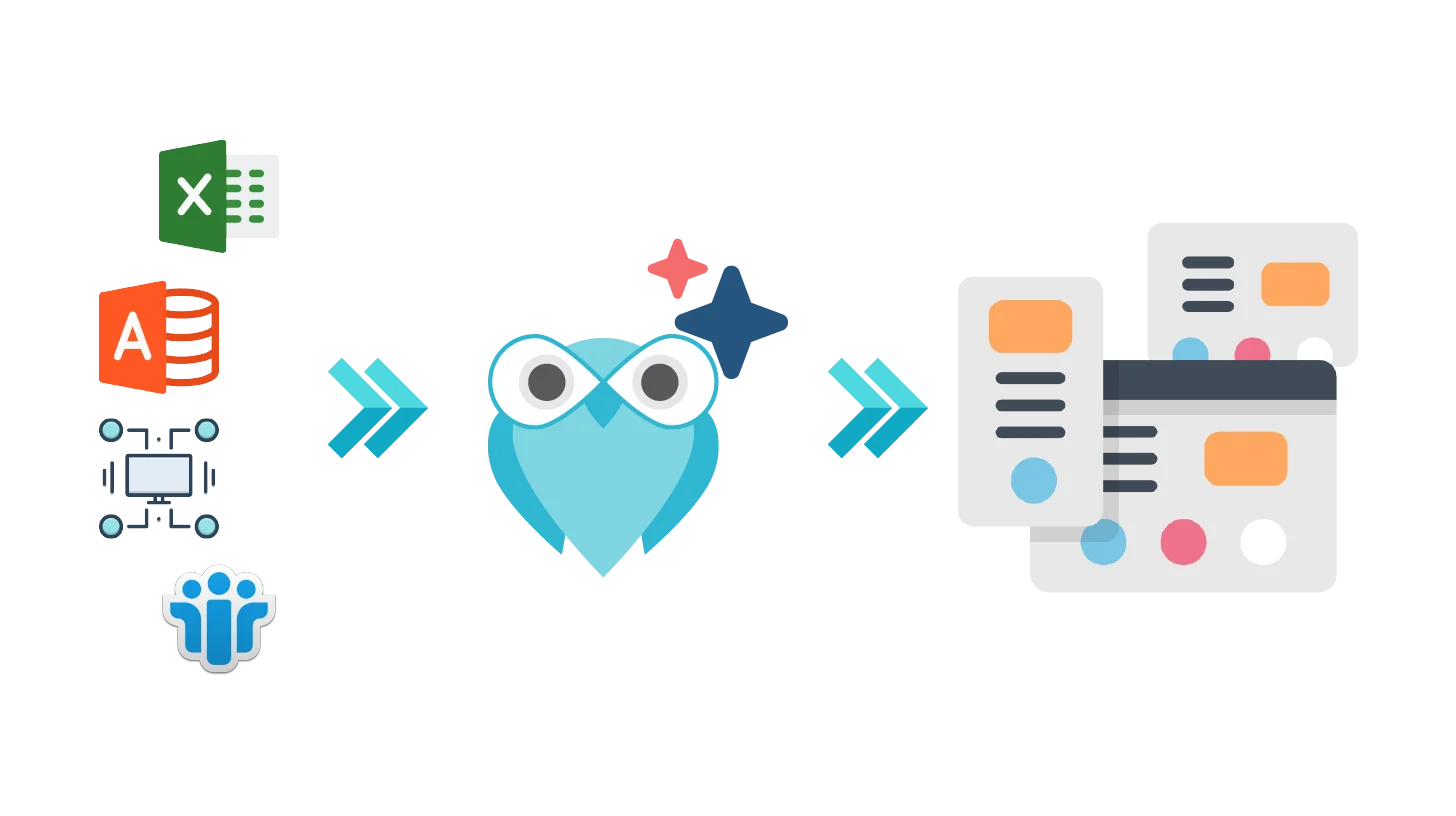
With Sovablu’s smart AI agents and simple no-code tools, you can shift your work from Excel, Visual Basic, Access, Cobol, IBM Notes and other aging platforms to modern, Cloud-native applications.
Migration projects that once took thousands of hours and heavy costs can now be done 10 to 20 times faster and at a fraction of the cost.
Move forward without the weight of the past. Let Sovablu turn your legacy migration initiatives into a swift, clear path to the future.

In a pay-for-what-you-use model, you only pay for the resources you actually consume, which allows you to optimize costs based on your usage patterns. This is in contrast to user-based models, where you often pay a fixed fee per user regardless of their actual usage, usually resulting in wasted resources and higher costs.

The pay-for-what-you-use model enables businesses to easily scale their resources up or down based on demand, without the need for upfront investments in infrastructure. This flexibility allows companies to respond to changing market conditions or user demands more effectively, whereas a user-based model might require more time and effort to scale.

With a pay-for-what-you-use model, there’s no need for large upfront investments in infrastructure, hardware, or user licenses. This reduces financial risks and barriers to entry, making it easier for businesses of all sizes to adopt the services.

The pay-for-what-you-use model offers greater visibility into resource usage and costs, making it easier for businesses to monitor and predict their expenses. This can help organizations make more informed decisions about resource allocation and cost optimization.

The pay-for-what-you-use model offers flexibility in terms of choosing the services and resources needed for your specific requirements. You can mix and match various services, and adjust resource allocations on the fly.